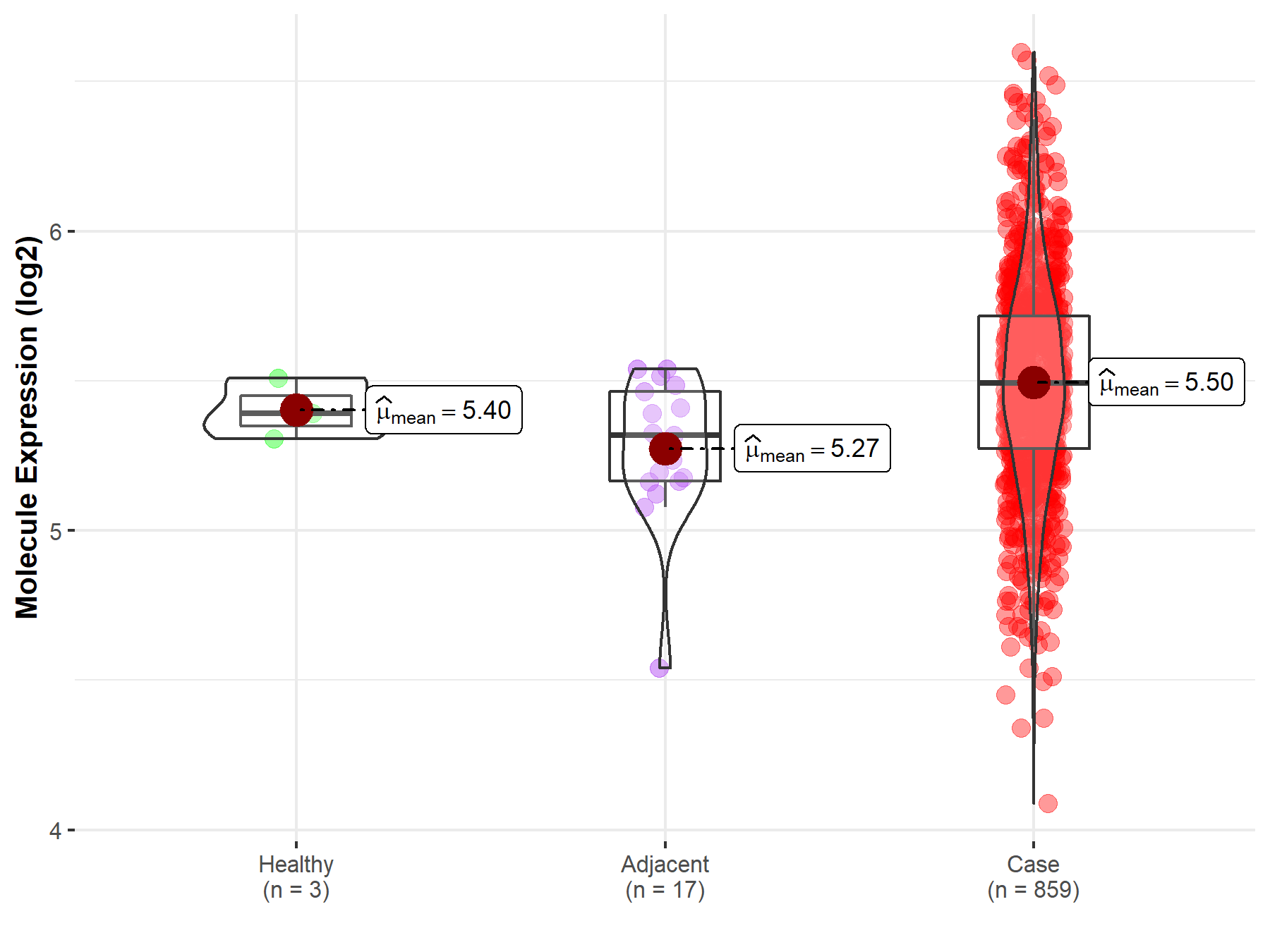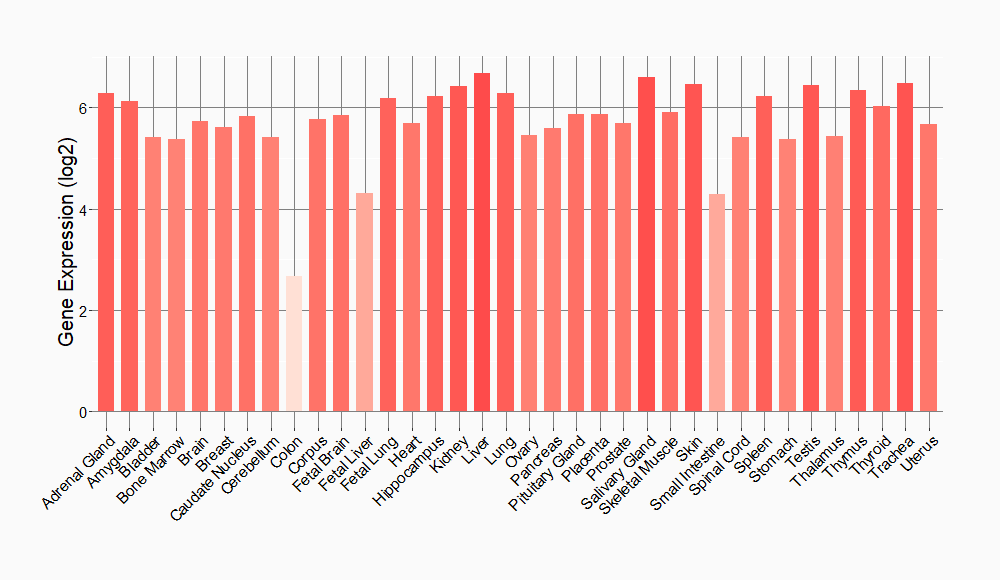Molecule Information
General Information of the Molecule (ID: Mol00710)
| Name |
DNA repair endonuclease XPF (ERCC4)
,Homo sapiens
|
||||
|---|---|---|---|---|---|
| Synonyms |
DNA excision repair protein ERCC-4; DNA repair protein complementing XP-F cells; Xeroderma pigmentosum group F-complementing protein; ERCC11; XPF
Click to Show/Hide
|
||||
| Molecule Type |
Protein
|
||||
| Gene Name |
ERCC4
|
||||
| Gene ID | |||||
| Location |
chr16:13920138-13952348[+]
|
||||
| Sequence |
MESGQPARRIAMAPLLEYERQLVLELLDTDGLVVCARGLGADRLLYHFLQLHCHPACLVL
VLNTQPAEEEYFINQLKIEGVEHLPRRVTNEITSNSRYEVYTQGGVIFATSRILVVDFLT DRIPSDLITGILVYRAHRIIESCQEAFILRLFRQKNKRGFIKAFTDNAVAFDTGFCHVER VMRNLFVRKLYLWPRFHVAVNSFLEQHKPEVVEIHVSMTPTMLAIQTAILDILNACLKEL KCHNPSLEVEDLSLENAIGKPFDKTIRHYLDPLWHQLGAKTKSLVQDLKILRTLLQYLSQ YDCVTFLNLLESLRATEKAFGQNSGWLFLDSSTSMFINARARVYHLPDAKMSKKEKISEK MEIKEGEETKKELVLESNPKWEALTEVLKEIEAENKESEALGGPGQVLICASDDRTCSQL RDYITLGAEAFLLRLYRKTFEKDSKAEEVWMKFRKEDSSKRIRKSHKRPKDPQNKERAST KERTLKKKKRKLTLTQMVGKPEELEEEGDVEEGYRREISSSPESCPEEIKHEEFDVNLSS DAAFGILKEPLTIIHPLLGCSDPYALTRVLHEVEPRYVVLYDAELTFVRQLEIYRASRPG KPLRVYFLIYGGSTEEQRYLTALRKEKEAFEKLIREKASMVVPEEREGRDETNLDLVRGT ASADVSTDTRKAGGQEQNGTQQSIVVDMREFRSELPSLIHRRGIDIEPVTLEVGDYILTP EMCVERKSISDLIGSLNNGRLYSQCISMSRYYKRPVLLIEFDPSKPFSLTSRGALFQEIS SNDISSKLTLLTLHFPRLRILWCPSPHATAELFEELKQSKPQPDAATALAITADSETLPE SEKYNPGPQDFLLKMPGVNAKNCRSLMHHVKNIAELAALSQDELTSILGNAANAKQLYDF IHTSFAEVVSKGKGKK Click to Show/Hide
|
||||
| Function |
Catalytic component of a structure-specific DNA repair endonuclease responsible for the 5-prime incision during DNA repair, and which is essential for nucleotide excision repair (NER) and interstrand cross-link (ICL) repair.
Click to Show/Hide
|
||||
| Uniprot ID | |||||
| Ensembl ID | |||||
| HGNC ID | |||||
| Click to Show/Hide the Complete Species Lineage | |||||
Type(s) of Resistant Mechanism of This Molecule
Drug Resistance Data Categorized by Drug
Approved Drug(s)
1 drug(s) in total
| Drug Resistance Data Categorized by Their Corresponding Mechanisms | ||||
|
|
||||
| Disease Class: Gastric cancer | [1] | |||
| Resistant Disease | Gastric cancer [ICD-11: 2B72.1] | |||
| Resistant Drug | Cisplatin | |||
| Molecule Alteration | Expression | Up-regulation |
||
| Experimental Note | Revealed Based on the Cell Line Data | |||
| Cell Pathway Regulation | NER signaling pathway | Activation | hsa03420 | |
| In Vitro Model | SGC7901 cells | Gastric | Homo sapiens (Human) | CVCL_0520 |
| Experiment for Molecule Alteration |
Western blot analysis; RT-qPCR | |||
| Experiment for Drug Resistance |
MTT assay | |||
| Mechanism Description | microRNA-200c reverses drug resistance of human gastric cancer cells by targeting regulation of the NER-ERCC3/4 pathway. | |||
| Disease Class: Gastric cancer | [2] | |||
| Resistant Disease | Gastric cancer [ICD-11: 2B72.1] | |||
| Resistant Drug | Cisplatin | |||
| Molecule Alteration | Expression | Up-regulation |
||
| Experimental Note | Revealed Based on the Cell Line Data | |||
| Cell Pathway Regulation | Cell viability | Activation | hsa05200 | |
| In Vitro Model | SGC7901 cells | Gastric | Homo sapiens (Human) | CVCL_0520 |
| Experiment for Molecule Alteration |
Western blot analysis | |||
| Experiment for Drug Resistance |
MTT assay | |||
| Mechanism Description | Low miR-138-5p levels and high ERCC1 and ERCC4 levels were associated with cisplatin resistance in gastric cancer cells. | |||
Disease- and Tissue-specific Abundances of This Molecule
ICD Disease Classification 02

| Differential expression of molecule in resistant diseases | ||
| The Studied Tissue | Gastric tissue | |
| The Specified Disease | Gastric cancer | |
| The Expression Level of Disease Section Compare with the Healthy Individual Tissue | p-value: 2.53E-01; Fold-change: 1.01E-01; Z-score: 9.90E-01 | |
| The Expression Level of Disease Section Compare with the Adjacent Tissue | p-value: 1.90E-03; Fold-change: 1.74E-01; Z-score: 7.14E-01 | |
|
Molecule expression in the normal tissue adjacent to the diseased tissue of patients
Molecule expression in the diseased tissue of patients
Molecule expression in the normal tissue of healthy individuals
|
||
| Disease-specific Molecule Abundances |

|
Click to View the Clearer Original Diagram |
Tissue-specific Molecule Abundances in Healthy Individuals


|
||
References
visits since 2022
If you find any error in data or bug in web service, please kindly report it to Dr. Sun and Dr. Zhang.
